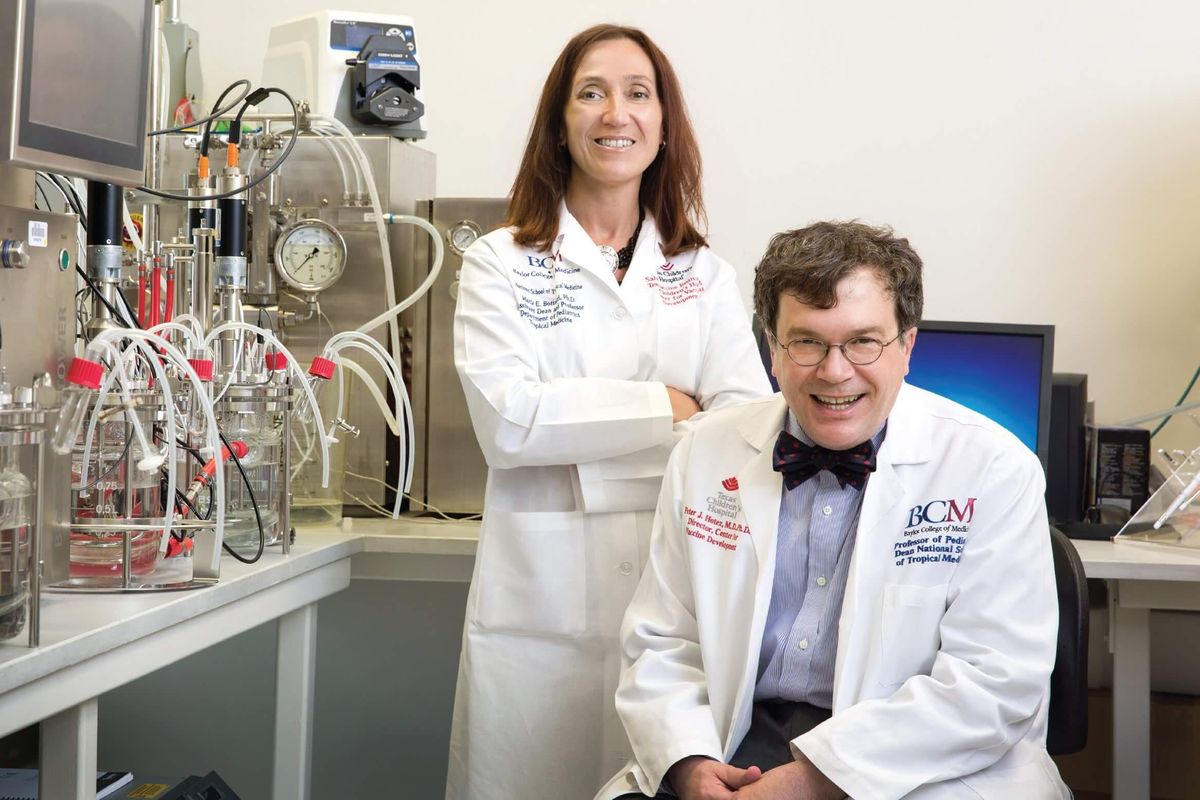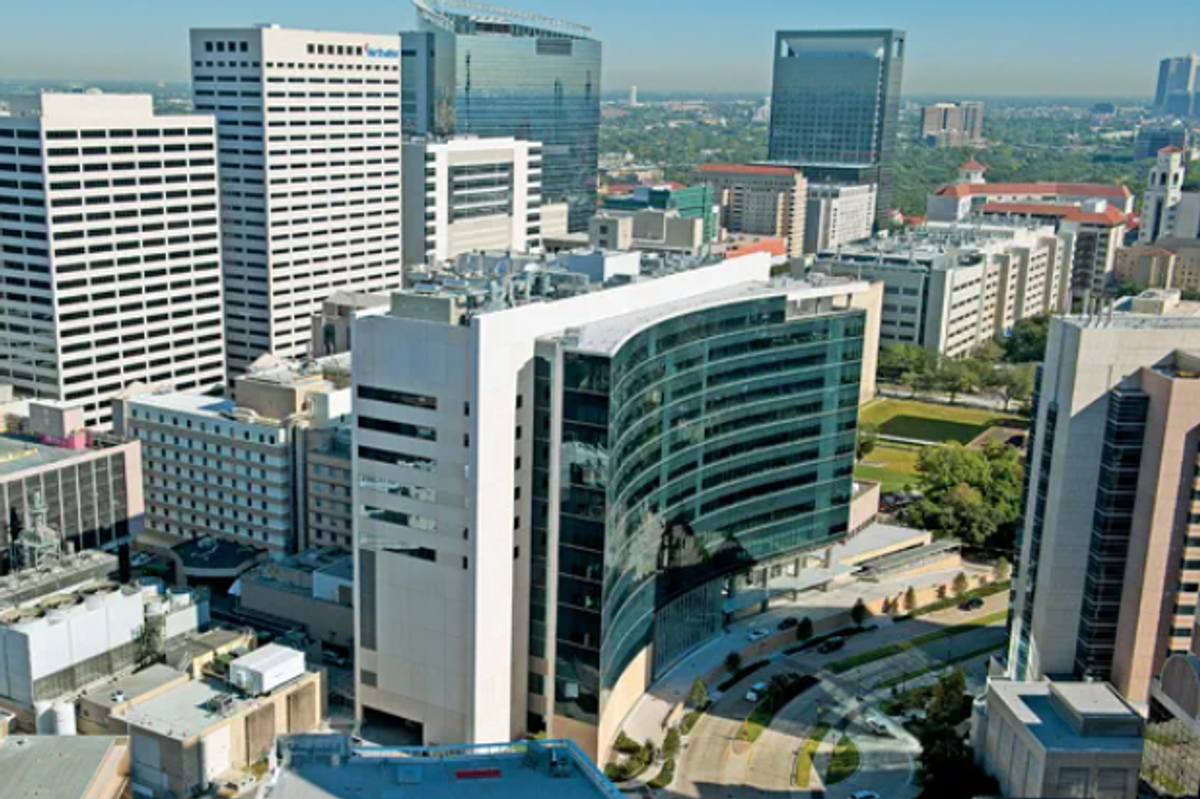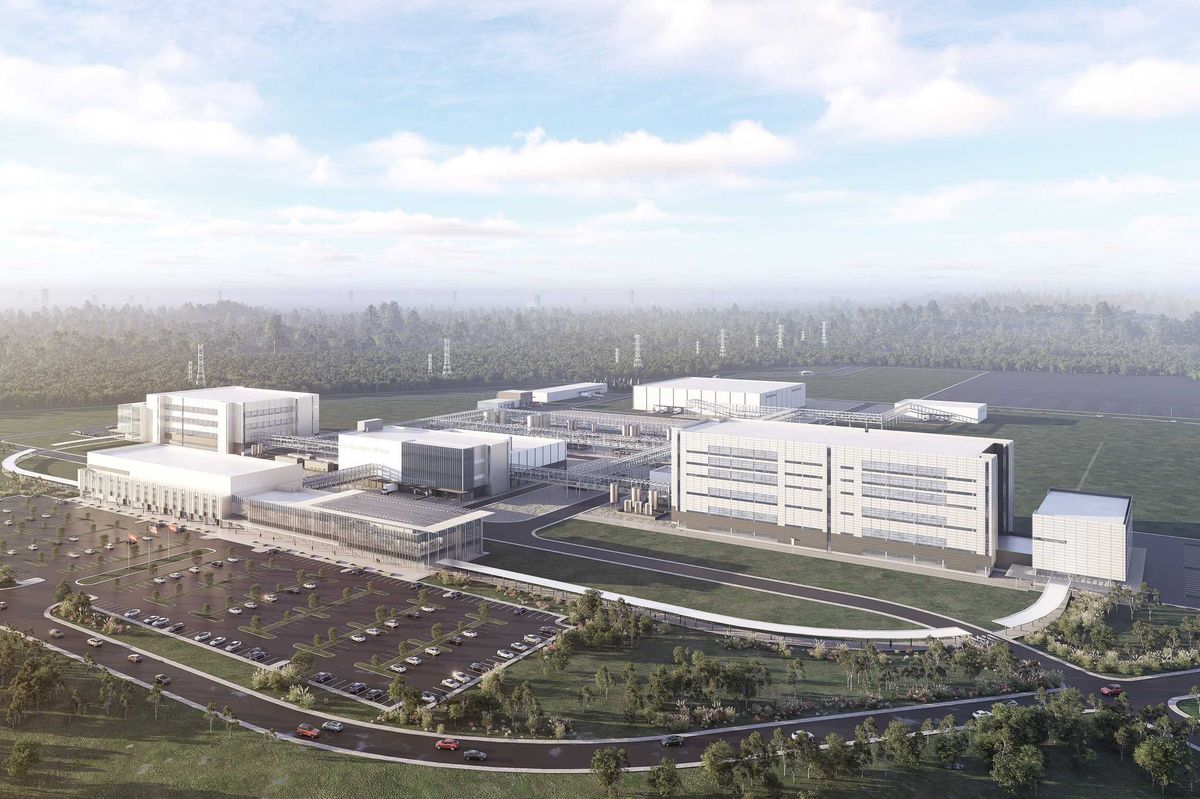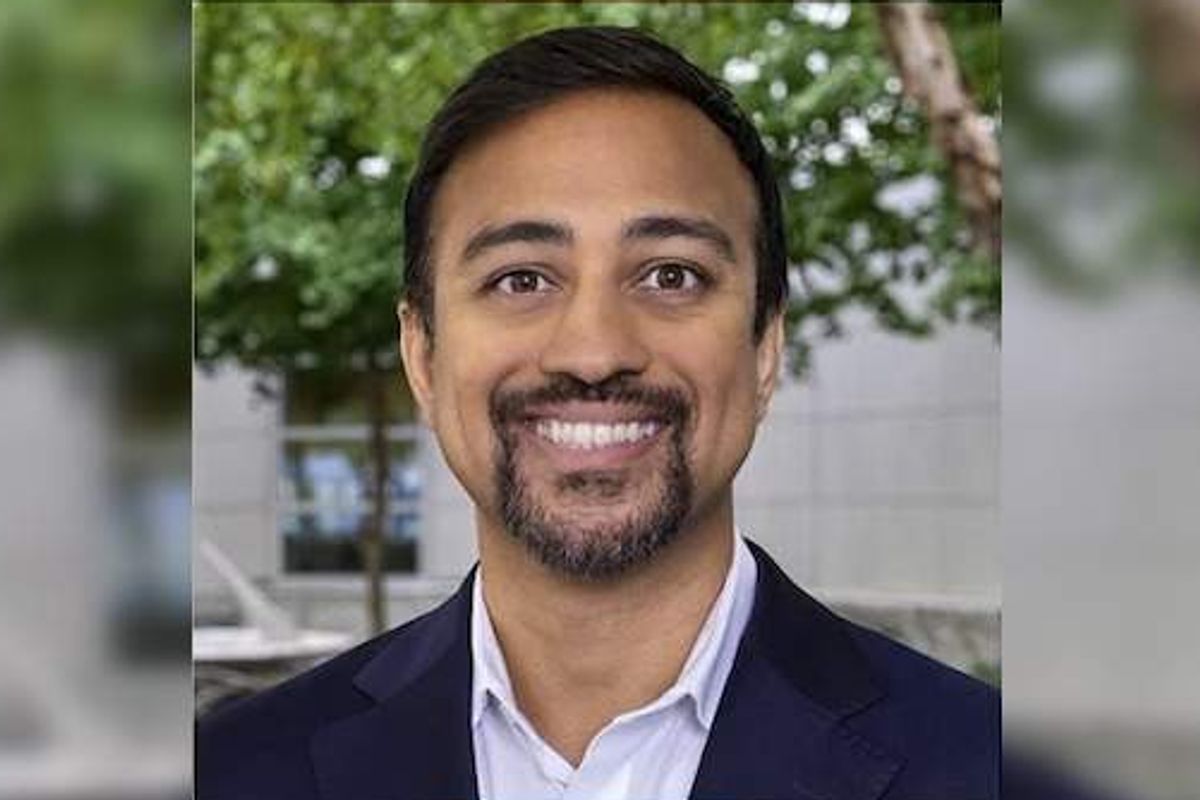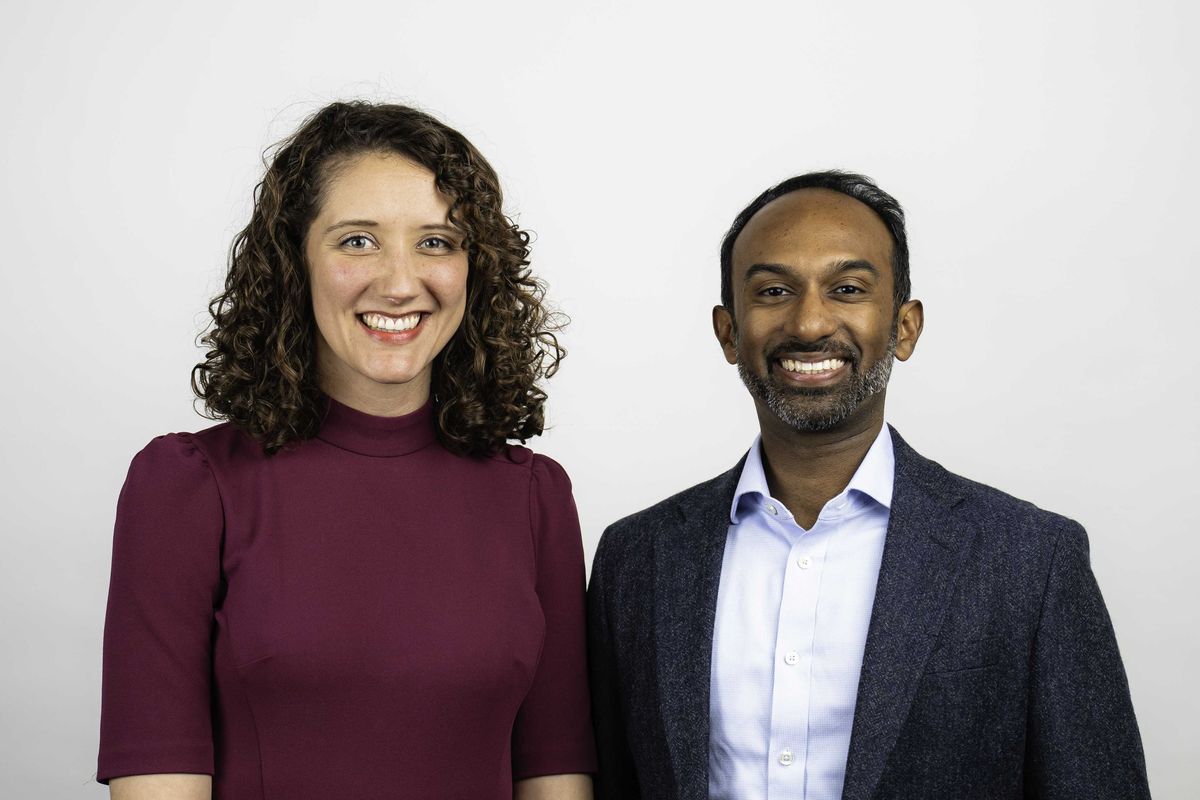How this Houston innovator is using his personal connection to ALS fuel his fight for a cure
guest column
We can never predict how our lives will turn out, but then maybe some of us can. Genetic testing showed that I, like my grandfather, aunt, uncle and father before me, would most likely die of amyotrophic lateral sclerosis, more commonly known as ALS, and/or frontotemporal degeneration (FTD) in my 40s.
Being 36, it’s possible that fear could have overtaken my life, but instead I chose to fight for every chance to change not only my life, but the lives of millions who are suffering or may one day suffer from neurodegenerative disease.
ALS is a rare disease that robs one of their ability to control their muscles, leading them to lose their ability to walk, talk and eventually breathe. Eighty percent of cases are sporadic (of unknown origin) and 20 percent have known genetic causes.
When I learned that I carried the C9ORF72 genetic variant, a causative genetic variant for ALS/FTD) my first instincts were to help others understand their status and where they could turn for help. I saw a vacuum for resources and understanding in the genetic ALS space and I knew that thousands were suffering in darkness.
Through the efforts of many, we created the first ever nonprofit – Genetic ALS & FTD: End the Legacy – focused on fighting for the genetic ALS and FTD communities. After making great strides to fight for our rights and access to care, I was asked if I could help my current CEO, Howard Berman, commercialize Dr. Stanley Appel’s regulatory T Cell (Treg) therapy for ALS.
I joined Coya Therapeutics in 2021 as the first employee, working to build a company that would one day bring life changing therapies to patients. Coya’s therapies are based on Dr. Appel’s discovery that neurodegenerative diseases drive an inflammatory response. As inflammation rises, it damages regulatory T cells, and when Tregs are damaged, inflammation becomes a persistent condition driving degeneration and eventually death.
It was at that point that my life changed from the advocacy world to the therapeutic world. Now over three years later, we are closer than ever to making a paradigm change for how patients with ALS and other neurodegenerative diseases are treated.
At Coya, we believe that combination biologics are the future of treating neurodegenerative diseases. COYA 302 is our lead asset, which has shown promising results in a proof-of-concept study released in March of 2023. We are currently working towards a double-blind, placebo-controlled trial for COYA 302 in ALS set to kick off later this year.
I never wanted to live a life so damned by disease, but when put between a rock and a hard place, the only choice is to fight. I don’t know how my life will end, but I hope that my children will know that I faced a great challenge head on with pride and resilience.
In the end, it is the combination of both the worlds I work in that lead to better outcomes for patients, raising awareness and lifesaving research. This ALS Awareness Month, please join us and our partners like the ALS Association, End the Legacy, and I AM ALS in raising awareness about these conditions, their risks, and treatment options.
------
Daniel Barvin is the vice president of operations and patient advocacy at Coya Therapeutics.

